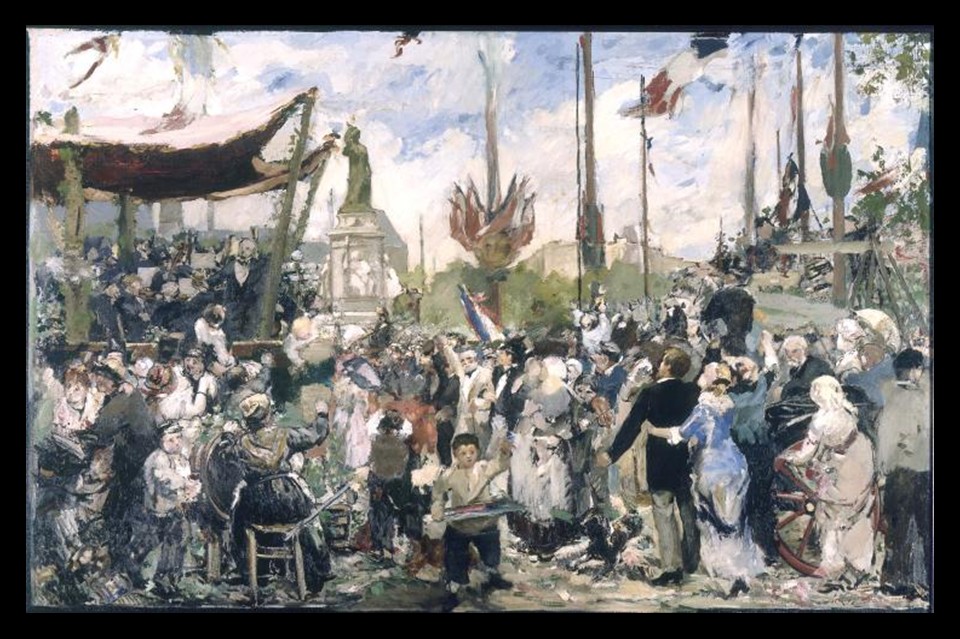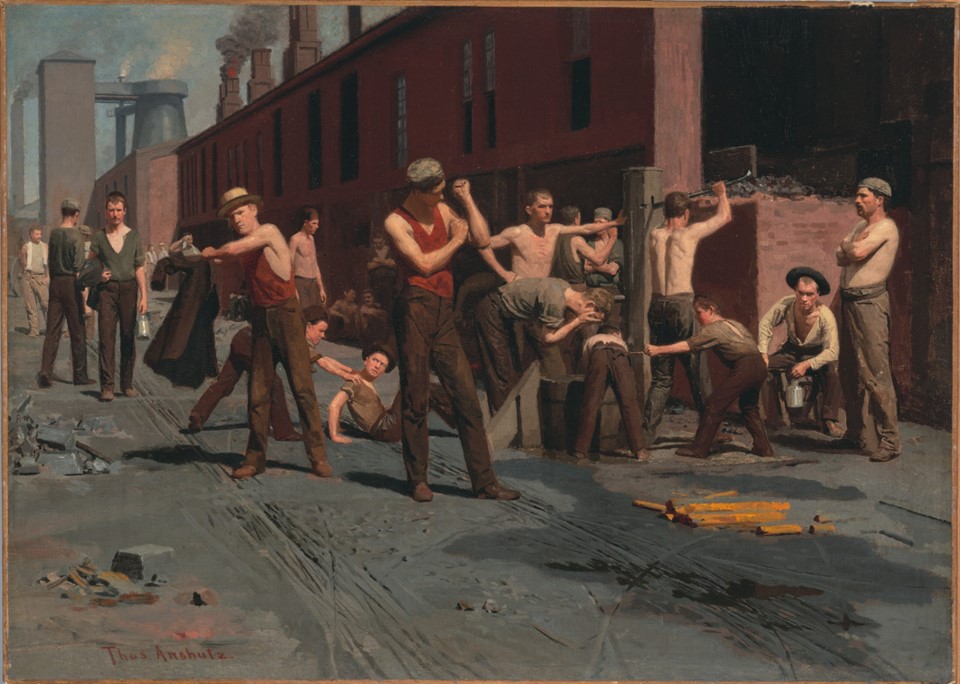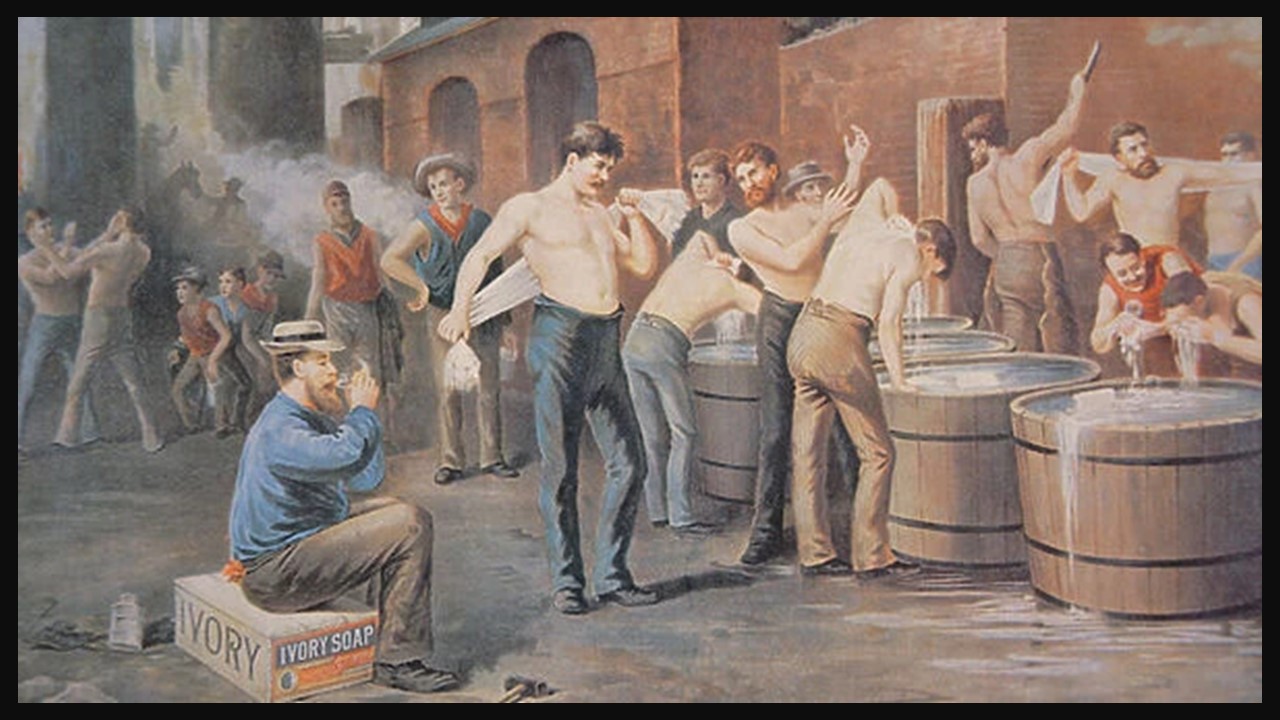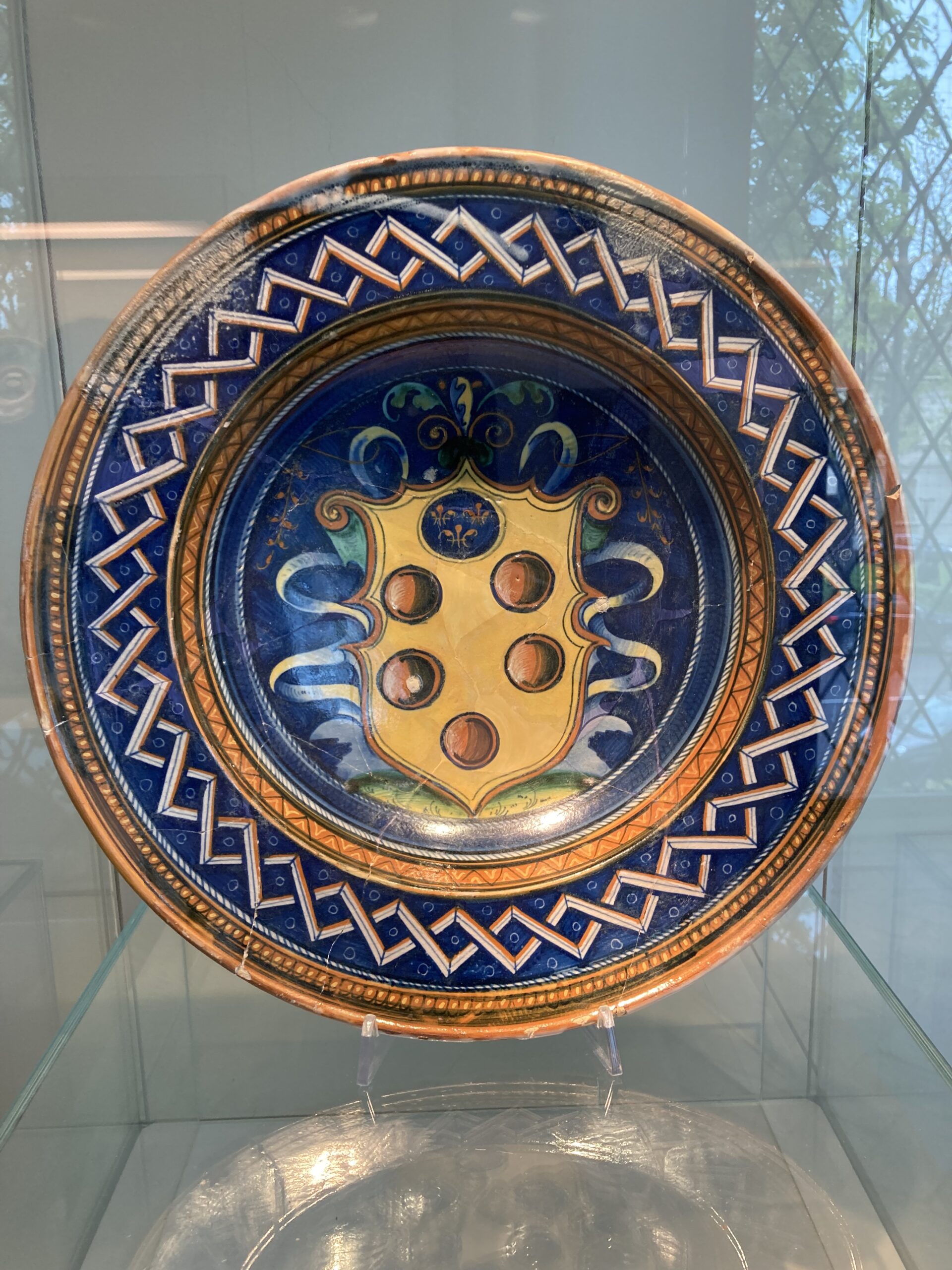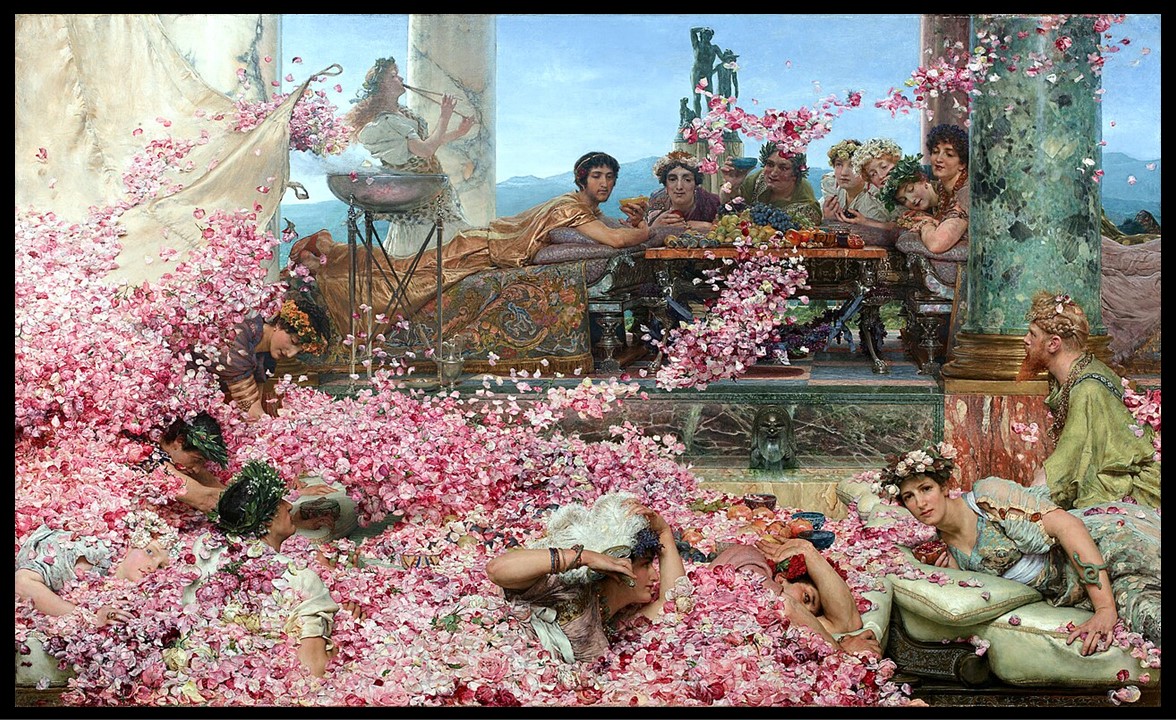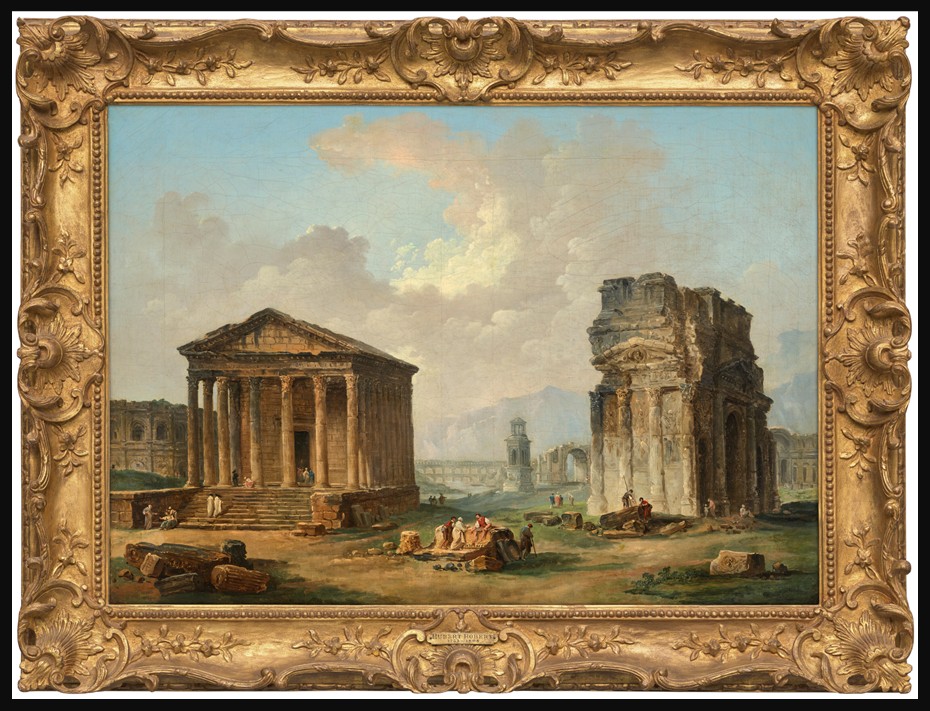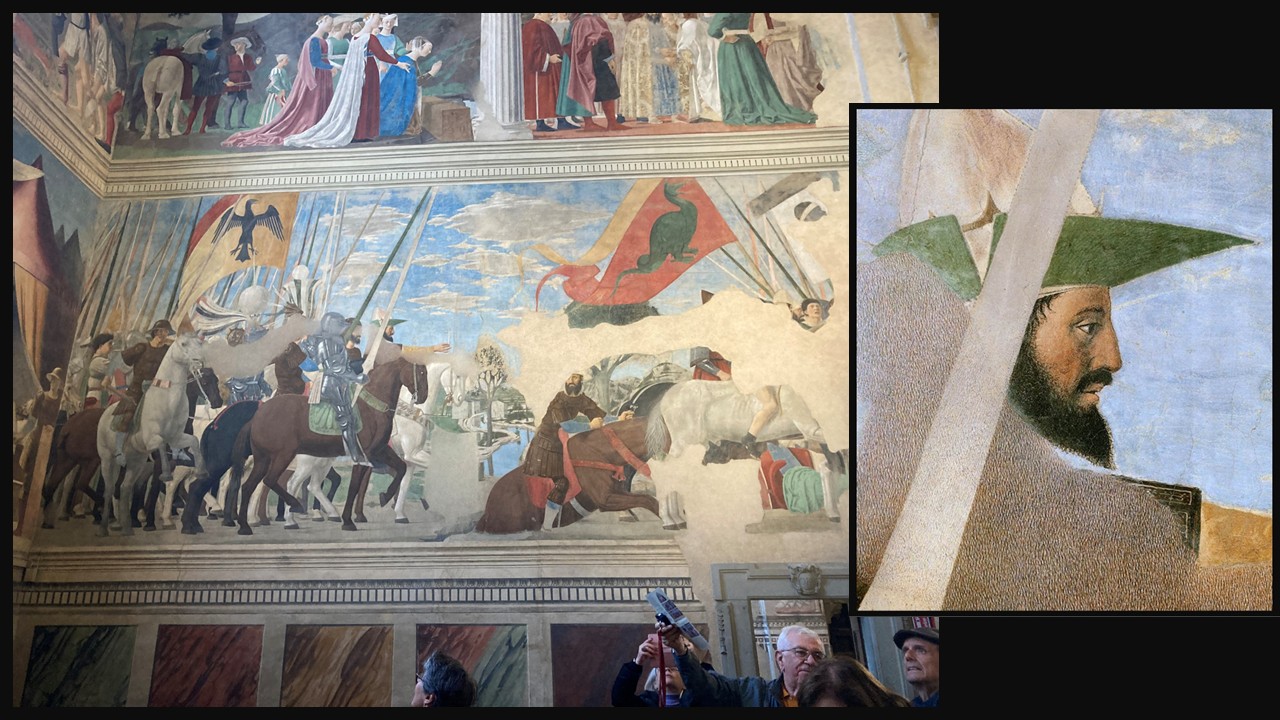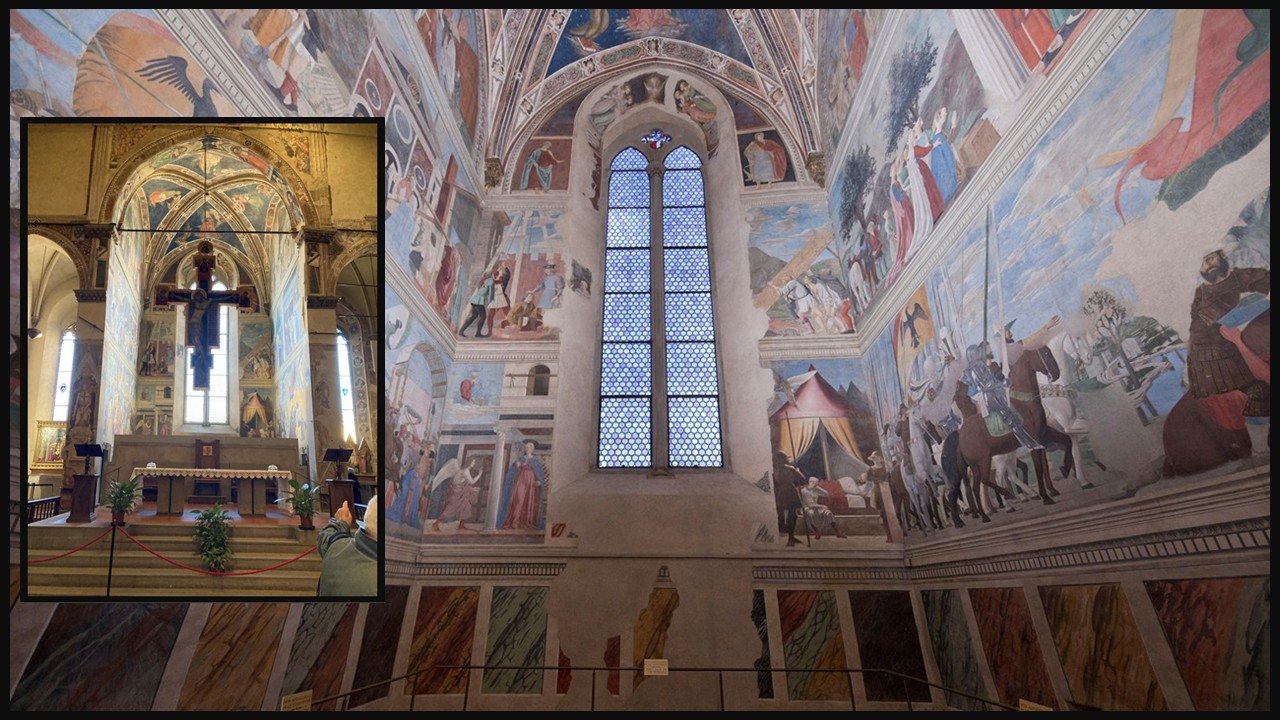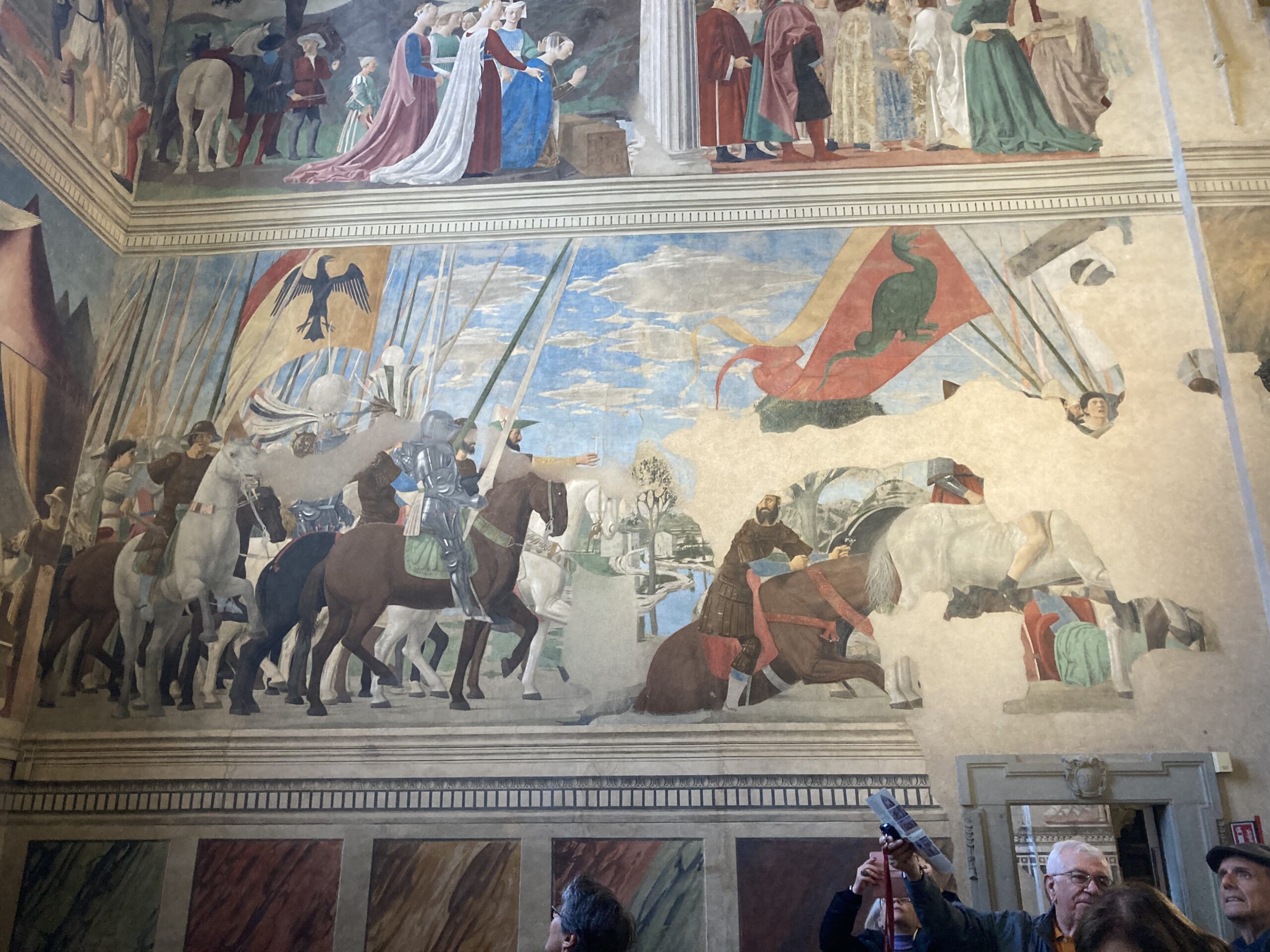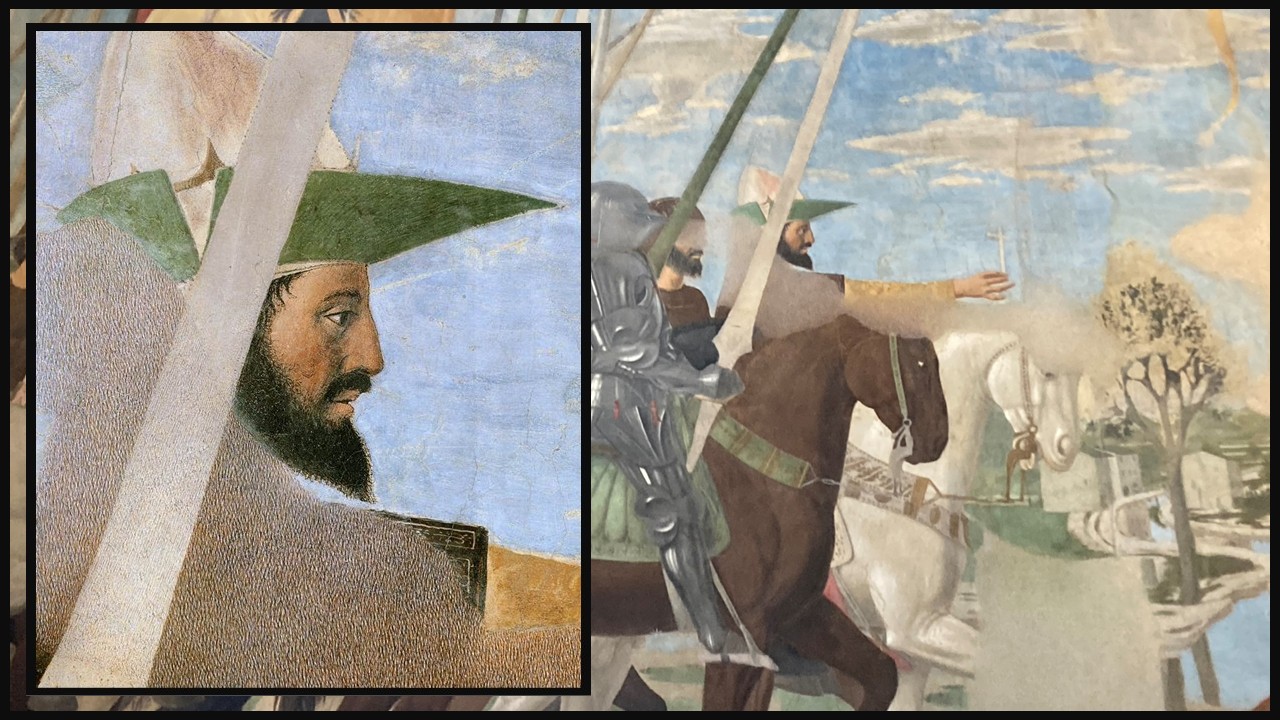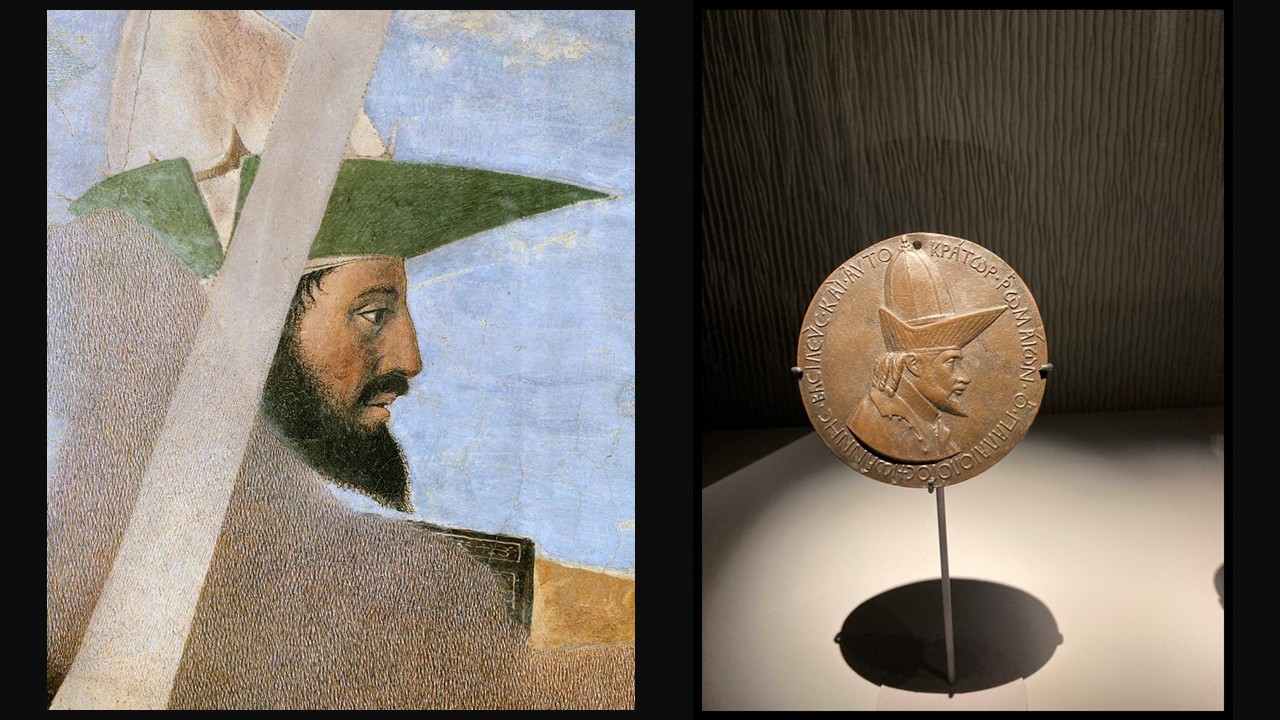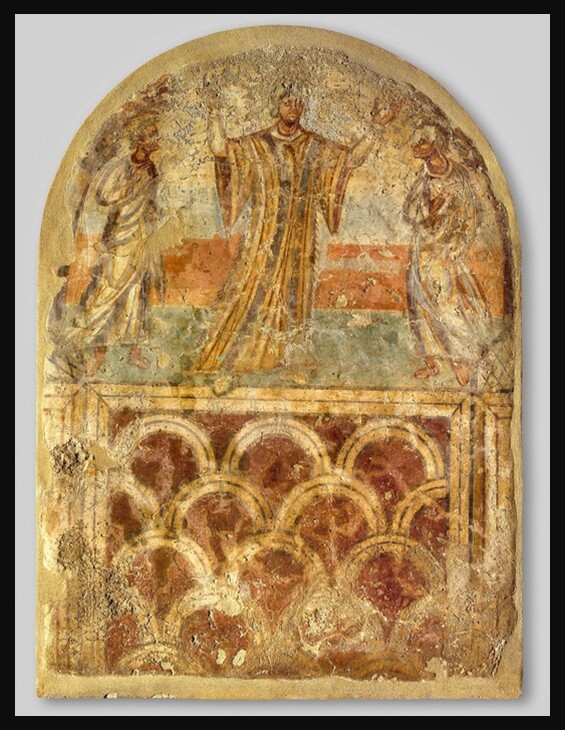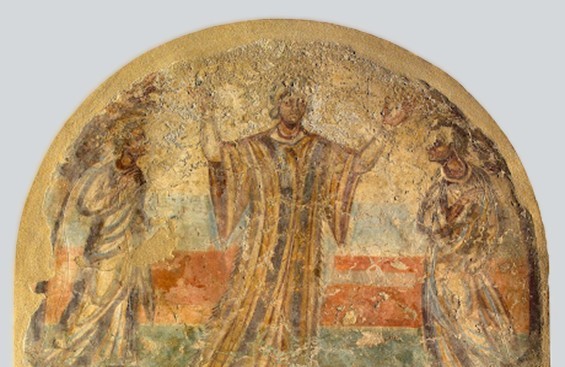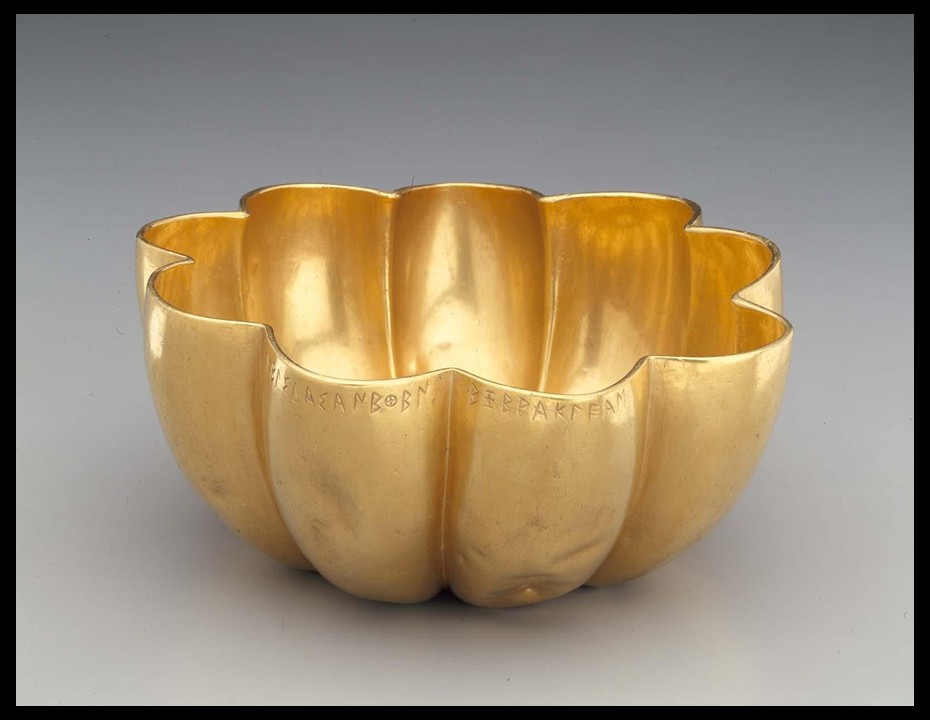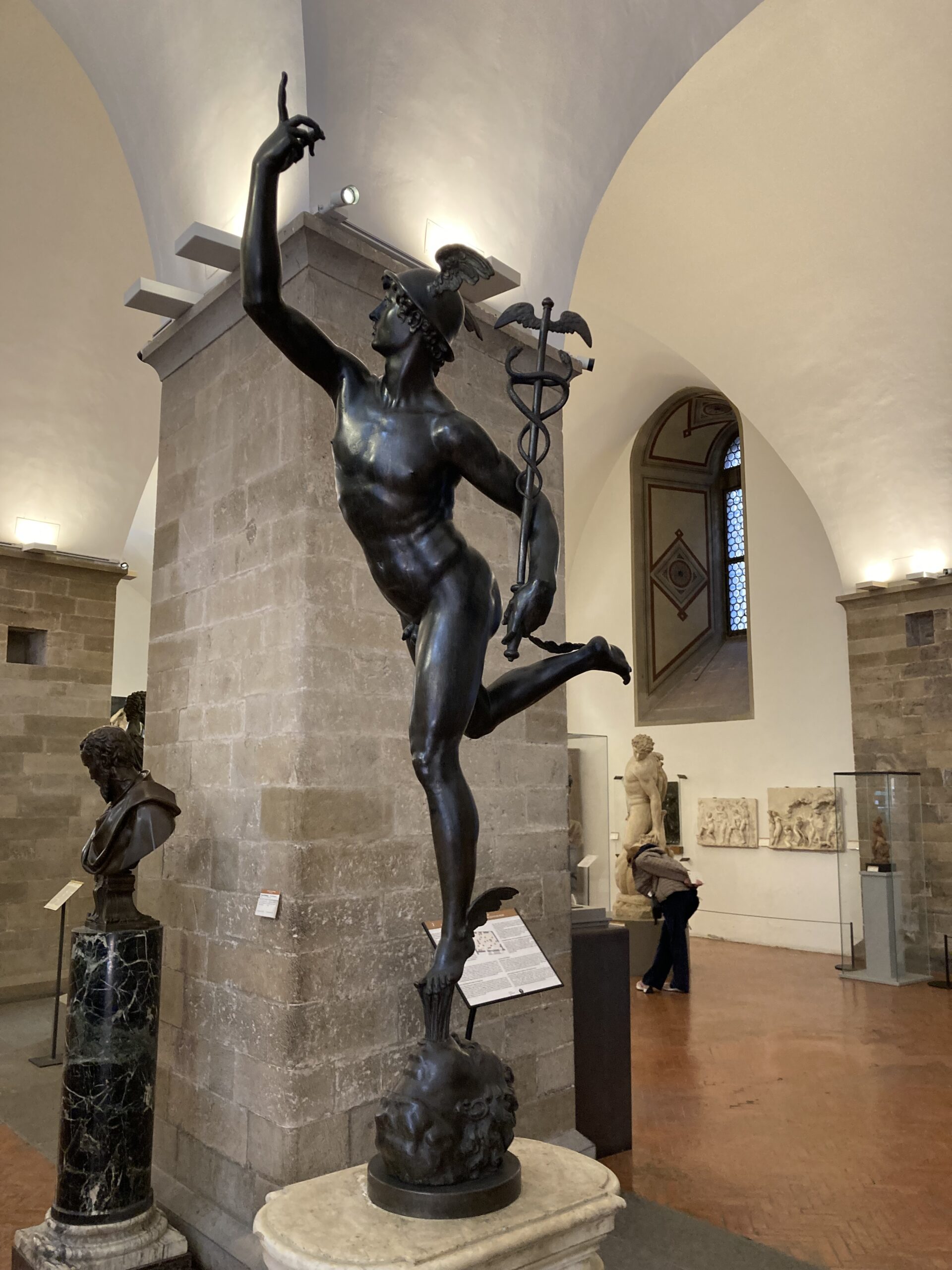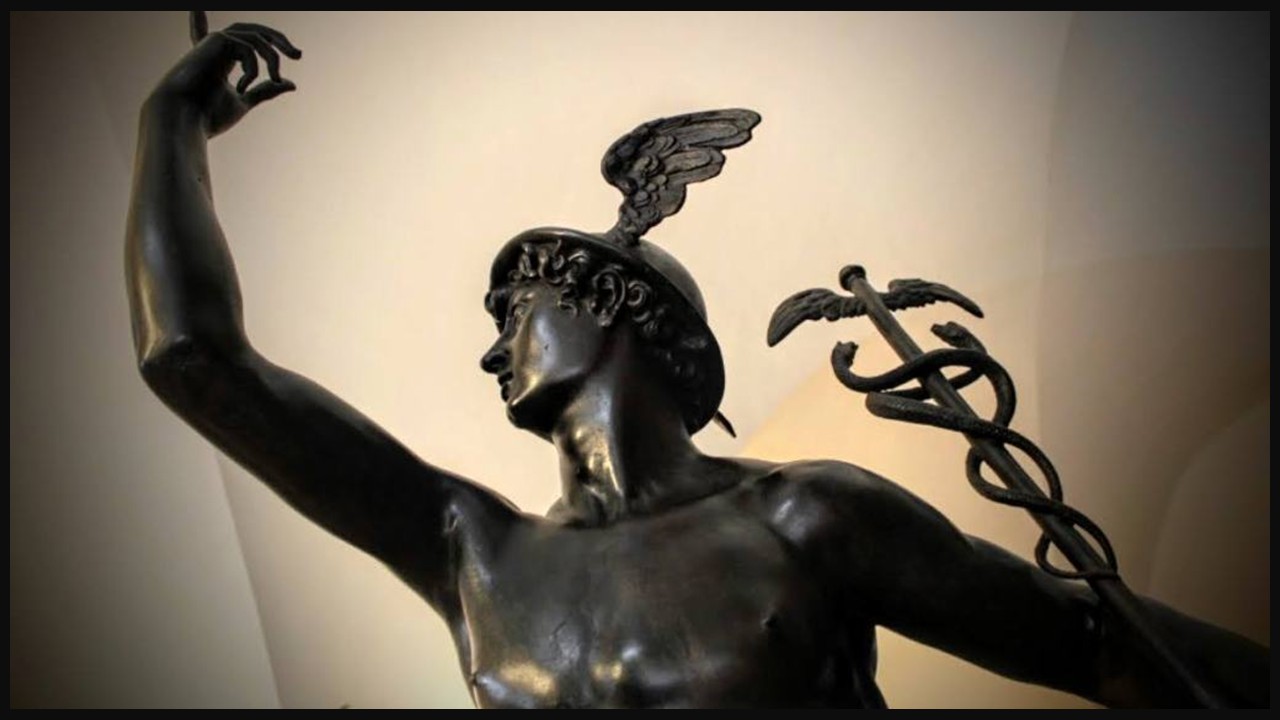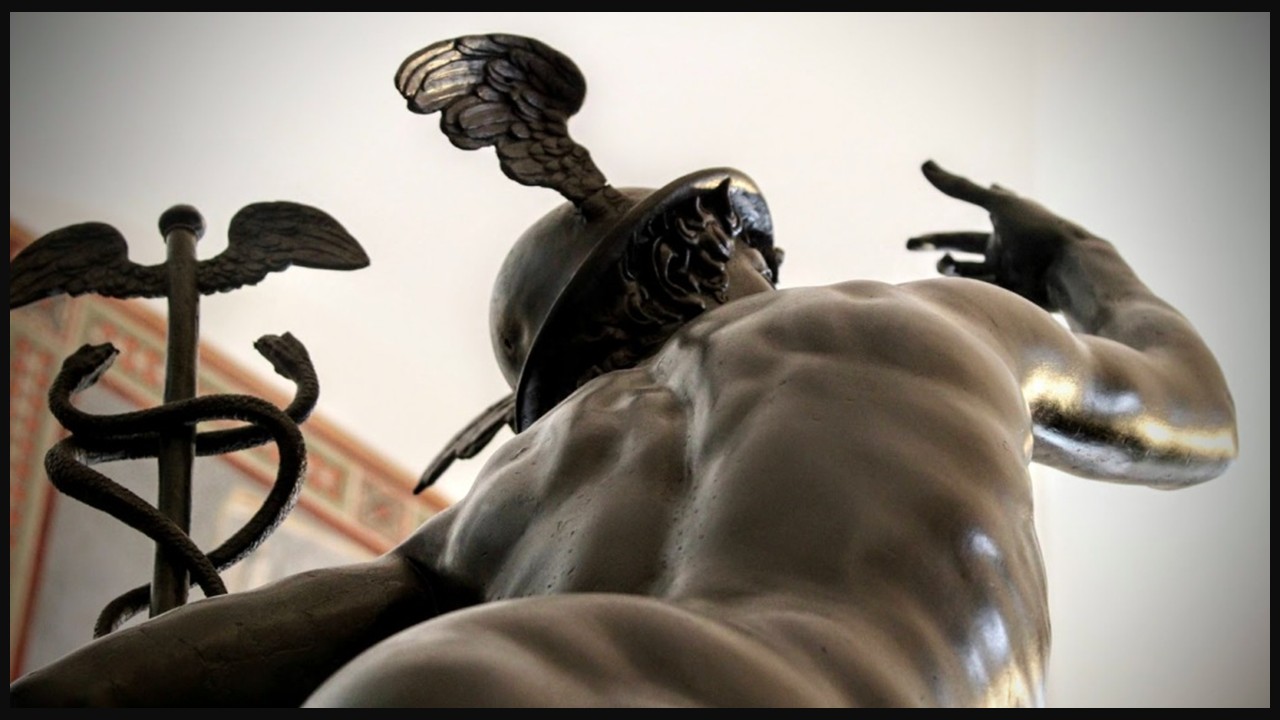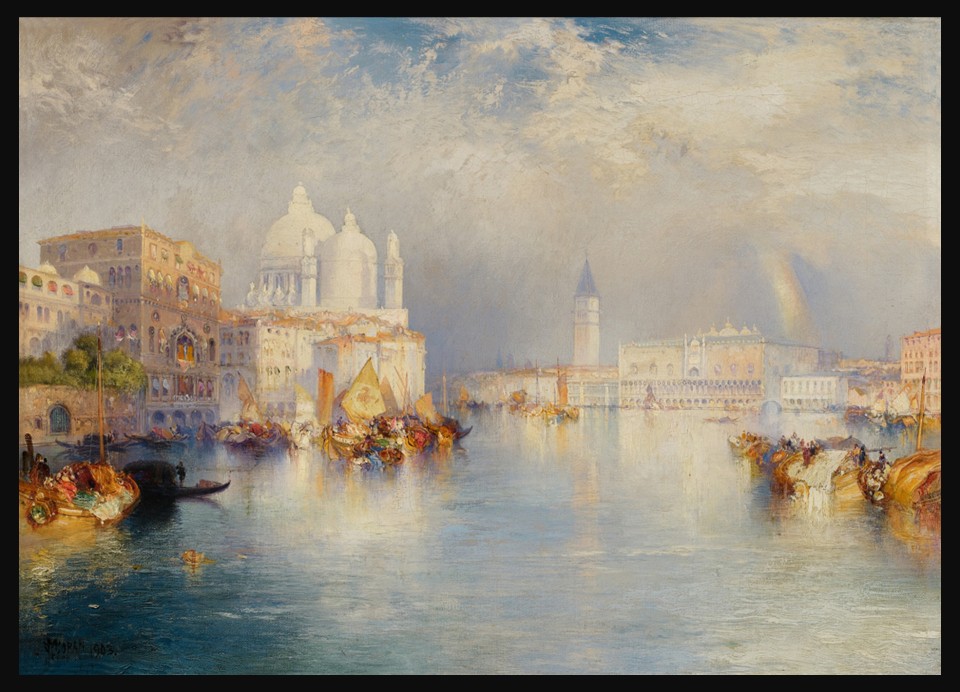
Grand Canal, Venice, 1903, Oil on Canvas, 35.6×51.4 cm, Private Collection https://www.sothebys.com/en/buy/auction/2025/art-of-the-americas-featuring-the-american-west/grand-canal-venice
Since my arrival I have done nothing but wander about the streets & I have done no work as yet. Venice is all, & more, than the travelers have reported of it. It is wonderful. I shall make no attempt at description but will tell you all when I get back… wrote Thomas Moran to his wife Mary from the Grand Hotel in Venice in May 1886. These words capture the sense of awe that the city inspired in the American artist, and they resonate deeply in his 1903 painting Grand Canal, Venice. Now held in a private collection, the work distills Moran’s wonder into luminous color and atmospheric depth, offering not a literal depiction, but a poetic impression shaped by memory and reverence. This blog post explores how Moran’s Venetian experience, as conveyed in both word and image, invites us into a vision where travel, beauty, and art converge.
Thomas Moran (1837–1926) was a British-born American painter and printmaker celebrated, primarily, for his dramatic landscapes of the American West. Emigrating with his family to the United States as a child, Moran began his artistic career in Philadelphia, where he trained as a wood engraver and painter. His early exposure to the Hudson River School deeply influenced his style, particularly its emphasis on sublime natural beauty. Moran gained national fame in the 1870s after joining the Hayden Geological Survey to Yellowstone, where his sketches helped convince Congress to designate the area as the first national park. Over his career, Moran traveled widely, capturing not only the grandeur of the American frontier but also the romantic scenery of Europe, including Venice, which became a recurring subject in his later work.
Aesthetically, Moran’s paintings blend realism with a luminous romanticism, using bold color, atmospheric effects, and sweeping compositions to evoke both the physical majesty and emotional power of the landscape. Influenced by British artist J.M.W. Turner, Moran often used light and shadow to create a sense of transcendence, turning natural scenes into visual poetry. His works are less concerned with topographical accuracy than with capturing an idealized vision of nature—vast, untamed, and awe-inspiring. In his Venetian subjects, such as Grand Canal, Venice (1903), Moran translated this approach to an urban setting, bathing the architecture and waterways in golden light and shimmering detail, imbuing the city with the same sense of wonder he found in the American wilderness.
Thomas Moran’s relationship with Venice was rooted in his broader passion for travel and the romantic allure of historic European cities. He first visited Venice in the 1880s, a period when many American artists sought inspiration abroad. In May 1886, writing to his wife Mary from the Grand Hotel, Moran expressed a profound sense of wonder, admitting he had done no work, only wandered the streets, overwhelmed by the city’s beauty. Venice captivated him with its interplay of light, water, and architecture, elements perfectly suited to his painterly style. The city became a recurring subject in his work, not for documentary precision but for its atmospheric potential. Moran returned to Venice multiple times, translating his impressions into luminous compositions like Grand Canal, Venice (1903), where the city’s grandeur is filtered through a lens of memory, mood, and artistic reverence.
For a PowerPoint Presentation on Thomas Moran and Venice, please… Check HERE!
Bibliography: https://americanart.si.edu/blog/sargent-whistler-venice and https://thomas-moran.org/
